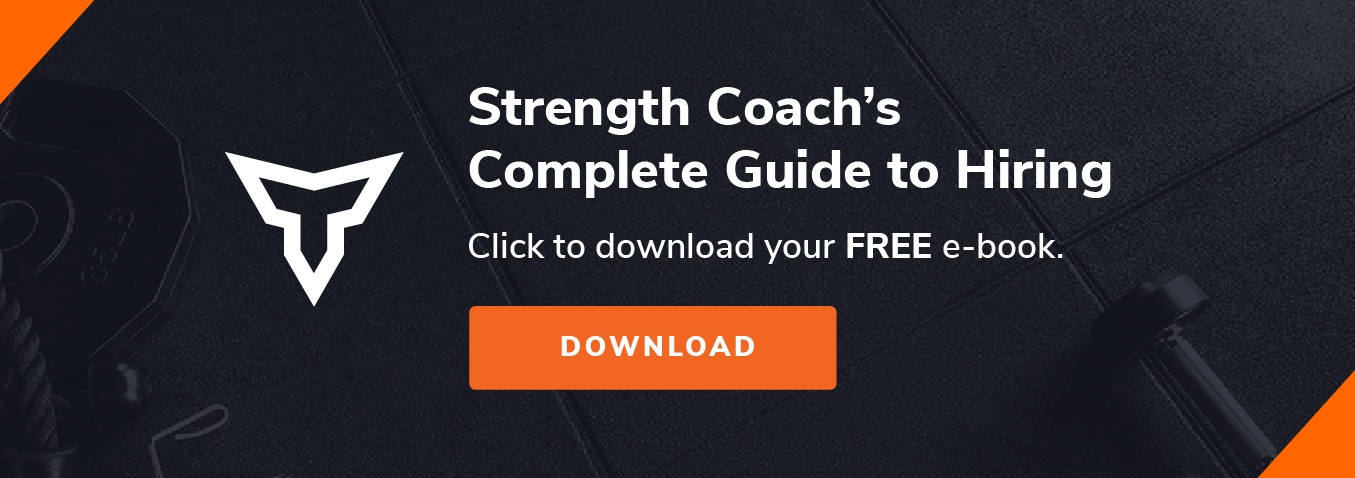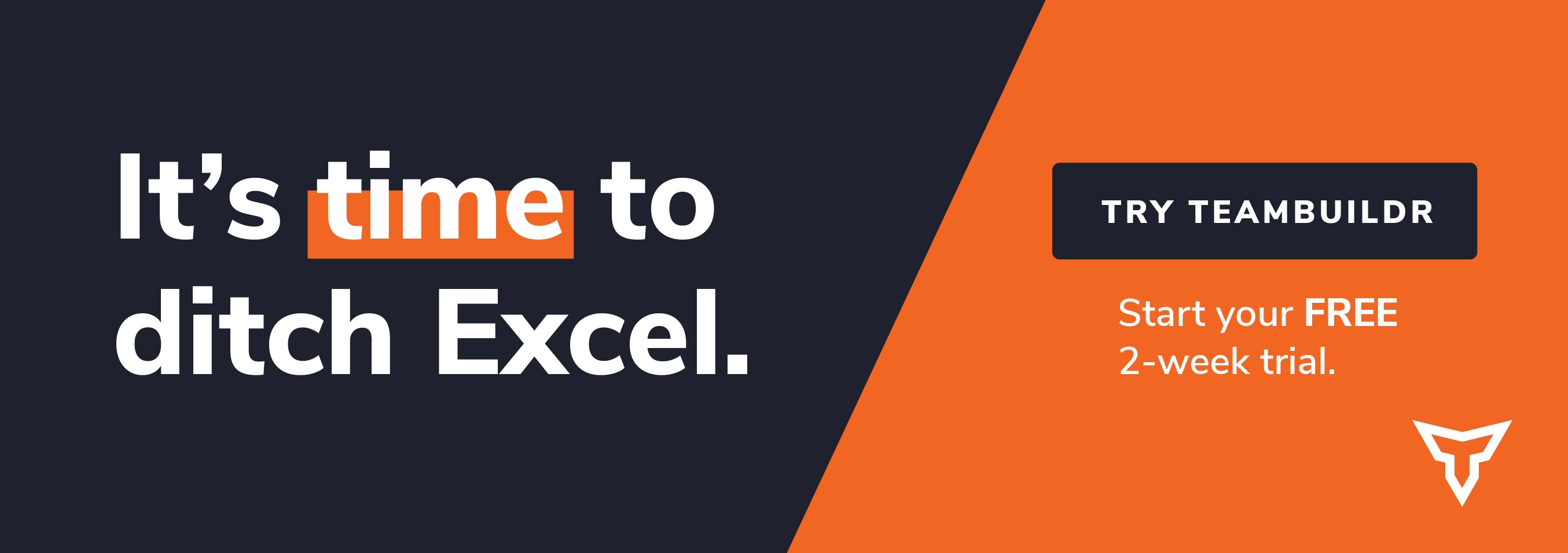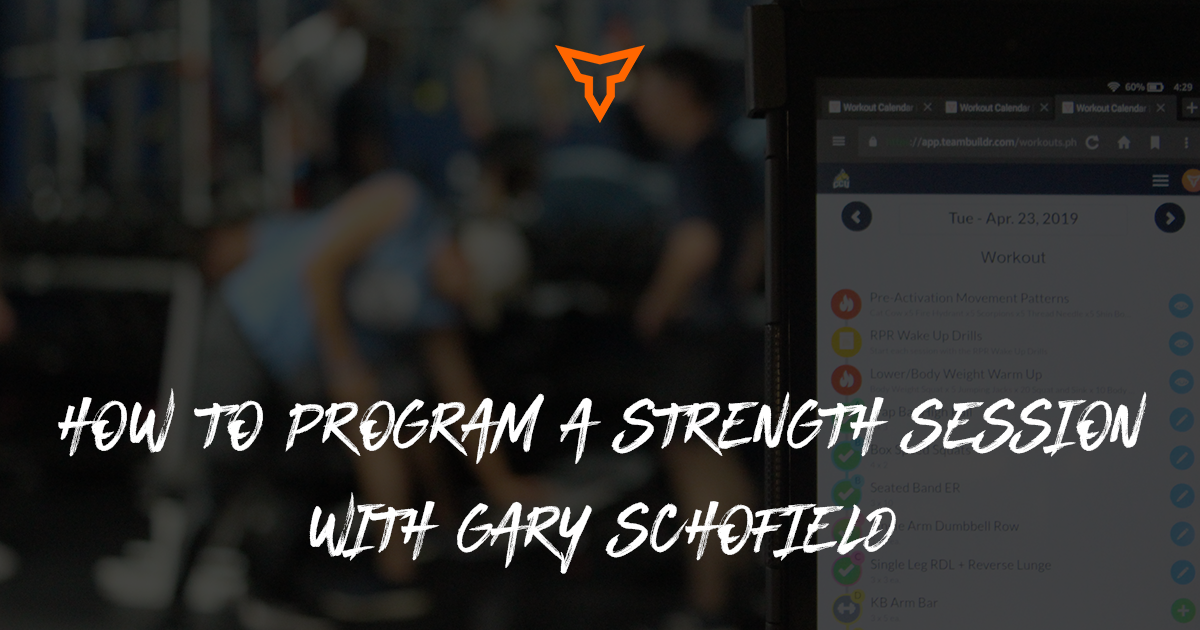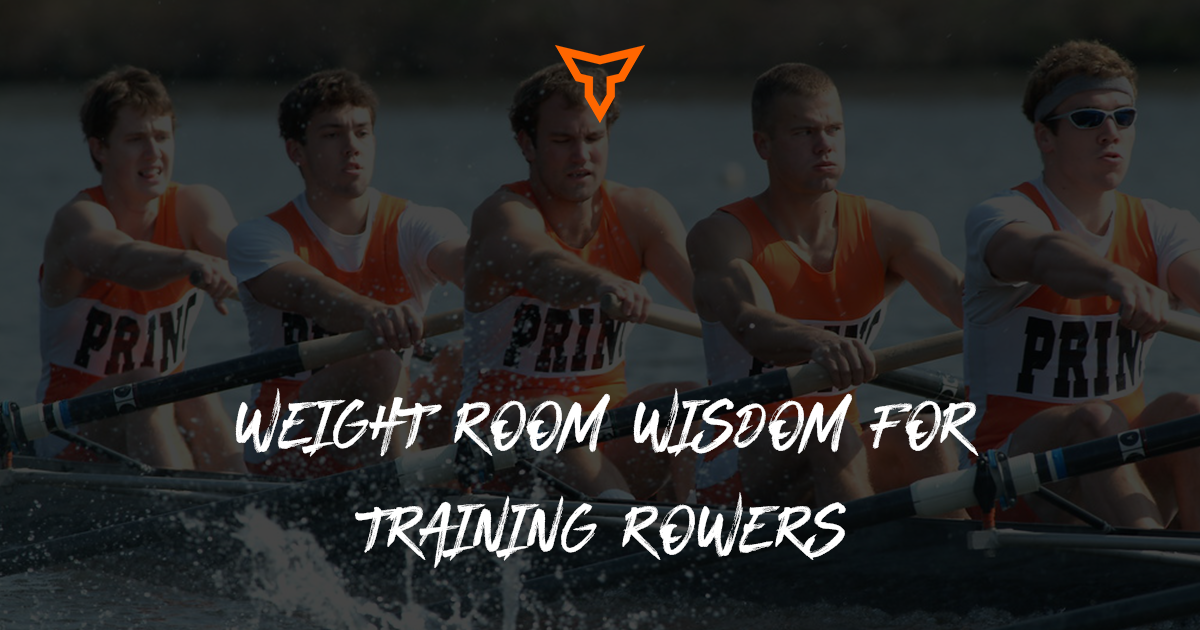Myths in Strength and Conditioning That Need to Disappear
One of the greatest truths about the S&C industry it that there is no one-size-fits-all method that works. There is no clear cut “best way” to do things. There is no how-to manual that gives all the answers.
In fact, there are several ways to lead your athletes towards success. There are unlimited variables that you can manipulate to help the athlete get more out of the program. Coaching is a lot of problem solving, relationship building and trial & error to get the most optimal results for each individual.
However, there are still workout myths out there that hold coaches, athletes and parents back from getting the most out of their training program. While, yes, there are tons of ways to get the job done, these are some definite things that need to be addressed as false so that the industry and our athletes can collectively move forward.
Myth #1: For Athletes
(Insert Exercise) are bad for your (Insert Body Part).
I’ve heard it a thousand times.
My doctor told me I shouldn’t squat because it’s bad for my knees.
My mom told me I can’t deadlift, it’s bad for my back.
My coach me bench press will mess up my jumpshot.
My speed trainer told me lifting on game day will make me tired in the game.
Let’s kill this exercise myth. There are very few bad exercises. Bad application of exercises is far more common. Bad execution and technique is even more common.
Bench Press isn’t bad for your shoulder. Crappy form on Bench Press is bad for your shoulder. Or using the wrong variation of bench may cause pain. Deadlifts don’t hurt your back. Poor form using weight that you can’t control can hurt your back. Or, again, force feeding a variation that doesn’t make sense for you could be the culprit.

Telling an athlete that a certain exercise is inherently bad for them is stripping them of opportunities to get stronger, which takes away from their athletic potential. As a coach, it’s our job to properly equip them with the tools they need to execute the lift perfectly, find the variation of a movement pattern that works for them and teach them correct loading protocols.
Marry yourself to movement patterns, not exercises. Movement patterns such as the squat, pressing, pulling, hip hinge are simply blueprints for you to choose an exercise, range of motion, loading protocol and volume. And remember, technique trumps all. A sloppy rep yields sloppy results. Find what works best and execute it with pristine form.
Myth #2: For Parents
Lifting Weights Will Stunt a Youth Athlete’s Growth
An old-school workout myth that still lingers around within sports parents is that lifting weights will stunt a child’s growth. The thought process behind this is that the addition of strength training while a kid is still growing will put an excessive amount of force & compression on the epiphyseal plates (growth plates) and prevent them from doing their job in lengthening the certain bones in a young body -- aka growing.
Nobody really knows where this myth developed but one thing is for certain… this is absolutely not true. Not a single study has ever shown this to be the case. In fact, some studies have even shown lifting to promote certain hormone production that may lead to more growth potential in young men and women.
That being said, lifting weights incorrectly or following a training program that is not fit to the individual - AT ANY AGE - is not a good idea and can cause injury. This has nothing to do with age, it’s just a bad plan in general.
For youngsters, it’s best to master lightly loaded or bodyweight movement patterns such as squat, hip hinge, upper body push and pull, jumping, landing, throwing, sprinting, lunging and carrying. It’s also important to work fun into a youth program such as obstacle courses, balance and games that involve functional human movement.
The bottom line is that lifting weights will not stunt growth or injure a child if it’s correctly programmed, executed and supervised. The benefits of introducing sound movement at a young age are unmatched and should be considered by all families whether they participate in sports or not.
Myth #3: For Coaches
Compliance Equals Success
I once heard a speaker at a coaching conference say something like, “Great coaches get their athletes to do what they want them to do without them even knowing it.” What? Are we con artists or are we coaches?
Great coaching involves an approach centered around the athlete, not around a coach’s personal agenda. A coach shouldn’t strive to get athletes to do what they want them to do. Instead, we should be focused on educating the athlete on their needs and the methods needed to achieve those needs so they feel enthused about doing the work.
Many coaches mistake compliance for success. An athlete doing enough to get by gets the program average results, not to mention the athlete’s personal results.
To truly make an impact we need to use our leadership skills to develop other leaders, not followers. With this approach we see athletes raise their standards, expectations and effort levels. Once this spreads, you’ll have several athletes who not only hold themselves to a higher standard but also their teammates.
It starts with us. If we do enough to get by, so will our athletes. We need to be the leaders that mold endless amounts of leaders.

Subscribe to our blog
Subscribe to receive the latest blog posts to your inbox every week.
Related posts

How To: Programming in TeamBuildr with Gary Schofield

The Performance Puzzle: Integrating Key Training Components
